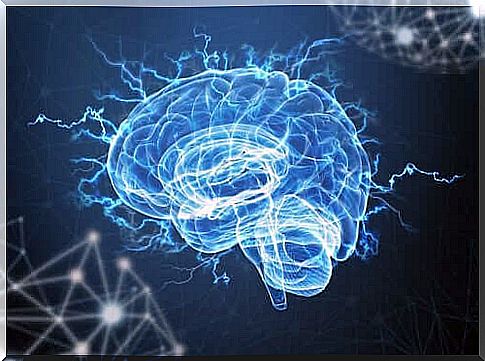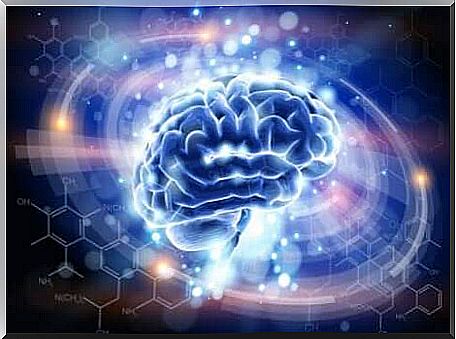Neuroplasticity And Post-traumatic Stress: Can The Brain Get Over Trauma?

Trauma is the cause of many emotional and mental problems. Individuals often live their entire lives in the shadow of a traumatic event. They may even pass it on to future generations through the behaviors it has created due to post-traumatic stress.
However, there is hope for healing. In today’s article we will talk about the connection between neuroplasticity and post-traumatic stress.
The word “trauma” is not always understood correctly. Sometimes it is trivialized, other times it is abused. First of all, post-traumatic stress disorder is exactly what often helps identify trauma. Second, it does not always come from what society considers extreme and devastating experiences.
What makes something traumatic is about how it affects an individual, especially the negative impacts that these have on their lives. Sometimes trauma is the result of a painful event such as the tragic death of a loved one.
But trauma can also stem from situations that do not seem so serious to an outsider. For example, it can be traumatic to see her mother kiss a man who is not one’s father. Especially if it happens while you are a small child.

Trauma
It is thus not the immediate seriousness of a situation that defines a trauma. Instead, it is the emotional impact it has on an individual. Sometimes a trauma is triggered by a special event. However, it can also be the result of a series of related events.
The main point is that traumatic circumstances cause an emotional shock. The person affected by trauma has neither the cognitive nor the emotional tools to understand and process the situation. It is absolutely disturbing.
The reason this happens is that traumatic situations come as a surprise. The nervous system is not prepared to deal with these kinds of events. The consequence will be that it is not able to respond to them in an organized and sensible way.
Post-traumatic stress syndrome
All trauma causes the phenomenon known as post-traumatic stress disorder. The manifestation and intensity of this syndrome depends on the severity of the experience itself, the person’s mental state when the event occurs, the context in which it occurs, and whether it is a recurring event.
The typical consequences of post-traumatic stress disorder manifest themselves in four ways:
- Reminiscent of the traumatic event. Recurring memories of the event, nightmares, suspicions and feelings of unrest when something reminds the person of the event.
- Avoidance. Avoiding the topic and anything that may be related to the event.
- Mental changes. To forget or suppress all or part of what happened, out of touch with reality, apathy, pessimism and inability to have positive emotions.
- Anxiety and reactivity. Insomnia, difficulty controlling his anger, difficulty concentrating, nervousness, constant anxiety and hyper-alertness.
Neuroplasticity and post-traumatic stress disorder
Trauma does not only affect your mental health.
Therefore, post-traumatic stress leaves a trace in the brain. Advances in neuroscience have shown that the brain has an amazing plasticity. In other words, it changes in response to specific stimuli. Experts in the field believe that just as trauma changes the brain, other experiences can help bring it back to its normal state.
Therefore, neuroplasticity is the brain’s ability to change in response to its experiences. Nowadays, there are several therapies that focus on overcoming post-traumatic stress disorder using interventions that are designed to change the central nervous system.

Neuroplasticity and post-traumatic stress disorder: Forms of therapy
One of the leading experts in the field is the Dutch trauma researcher, Bessel van der Kolk. He believes that yoga, drama therapy, neurofeedback therapy, experimental psychodrama and therapeutic massage can help people get through post-traumatic stress syndrome.
Another expert in the field, clinical psychologist and trauma expert, Alain Brunet, advocates a four-step treatment for post-traumatic stress disorder. The first step is to remember the event (often through repeated reassurance). Then the patient should write about it and read what they wrote aloud. The patient should do this once a week for five weeks.
Although it may be hard to believe, many trauma patients are not aware of their trauma, or they simply do not want to know it because they are still overwhelmed. The only reason others know they are suffering is because of how post-traumatic stress disorder manifests itself.
Now we know that people do not necessarily have to learn to live with these experiences for the rest of their lives. Neuroscience has given them a way out of this dark maze.









